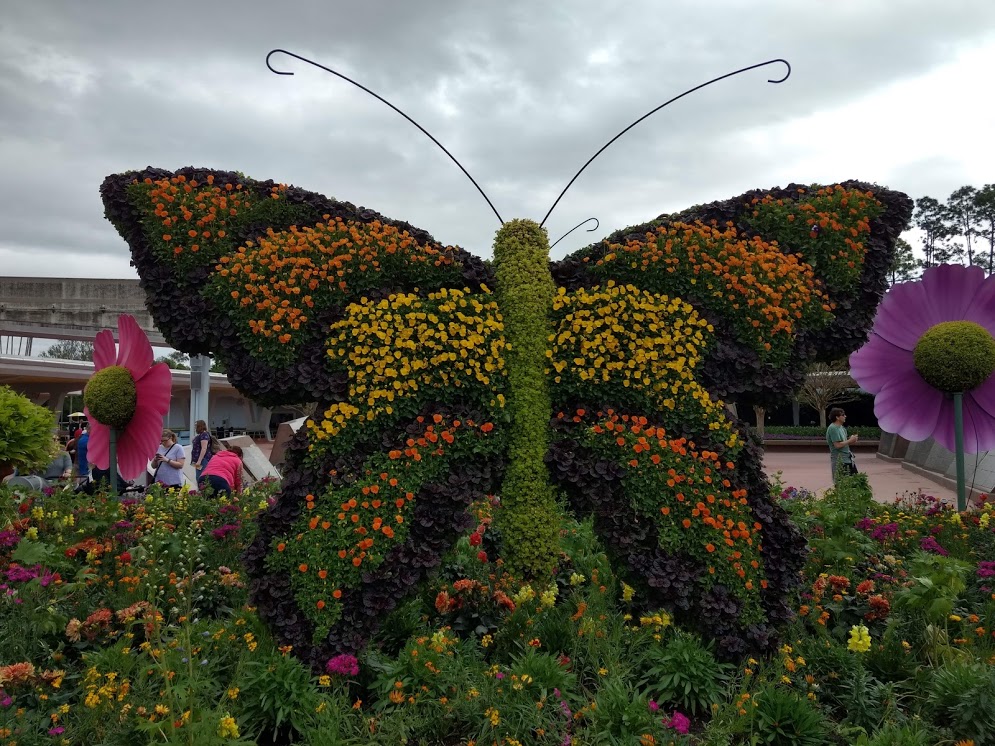I only have two items on my March chores list: first “If frozen….” and second “if thawed… Most chores can only be started when the snow melts, the ground defrosts, and mud starts to drain off and dry. If you’ve read any of my spring blogs you know how adamant I am about staying out of your gardens and off your lawn until the soil has dried out. I’ve learned this lesson the hard way and know for a fact compacted soils don’t uncompact easily! Don’t walk or work in soggy soil, or walk on frozen lawns unnecessarily. Show your soil you love it by protecting it!
My best advice this month came directly from my grandmother. She advised all her customers to make like a daffodil. Poke your head up and have a look around—but be prepared to abort the mission, and also be prepared to get snowed on!
My most important March and early spring chores:
Start your clean up near the house, generally, working out from there. I have a wonderful friend, Francis Jesch from Cornucopia Gardeners who visited my gardens right after I’d moved into the new house. He offered no design advice, despite having to step over and through my piles of plants waiting for a home. Perhaps sensing my growing panic – I’d been collecting plants for at least two years while we were building and had room for about ⅓ of what I had already brought home, Francis advised me to start at my front door. He pointed out that this would insure that either coming or going, I’d see something completed and perfect! 14 years later and I still find myself channeling my inner Francis every Spring and Fall where I must remind myself to start at the front door so I don’t get overwhelmed!
Rake leaves and plant debris off your beds that hold the earliest bloomers first, Anywhere you have spring bulb or early bloomers like Iberis, phlox and iris need to be the first ones raked and mulched.
Target early blooming perennials like Euphorbia for immediate cutbacks and clean ups. Later bloomers that grow from dense, cushion-like crowns like sedum and daylilies will be easier to clean up now rather than once they start to push out new growth. This is also the time to cut back your grasses and get rid off that thick dense matt of last year’s foliage before new growth starts and the task becomes almost impossible. Mice and other garden critters will think it’s the Maternity Ward in that dense foliage – so cut it off right by the base, ASAP.
Cut back evergreen or otherwise-persistent perennial foliage. Foliage of European ginger (Asarum europaeum), Helleborus, and Epimedium, will soon have a fresh flush of growth. Clean up that nasty old winter foliage now.
Order your bark mulch now! It’s much easier to clean a bed and bark it as you go than try to do all your beds in one weekend – and often you’ve waited too late and the bulbs and early perennials are up which complicate the task!
It’s pruning time! Early flowering shrubs such as forsythia, lilac, quince and rhododendrons should be pruned immediately after they flower. This is because they will start to develop their buds for the following year’s blossoms sometimes within 3 weeks from when they are done flowering. If you prune flowering shrubs in this category anytime from late Summer through Autumn, you will be removing potential blossoms for the following year.
Later flowering shrubs like hydrangea, some spiraea and shrubs that do not flower at all may be pruned now.
It is optimal to prune fruiting and flowering trees now as it is easier to see plant structures when they are without leaves.
Shade trees that have suffered damage may also be shaped or pruned for safety and aesthetics at this time. Wait until later in the spring to prune trees that profusely bleed sap like Maple or Birch.
While inspecting your plants for necessary pruning, you may observe egg masses of damaging insects that overwinter on your plants, such as eastern tent caterpillar or viburnum leaf beetle. The caterpillar egg mass can be plucked off the branch, while the leaf beetle branches must be removed and destroyed.
Pruning is always a hot topic here at Lakeview. We often refer to this guide from Purdue and encourage you to check it out too. https://qa.hort.purdue.edu/ext/HO-4.pdf
And last but not least on this March list is your houseplants. They are finally awake again, nudged by longer days and stronger light. They will need more moisture and an occasional half-strength fertilizing, but overwatering is still the biggest danger to their health; feel around in the soil for guidance on when they need more. Be brutal with any leggy messes: haircut time.
We are busy working in the greenhouses getting ready for an amazing spring! See you all soon!
Michelle and Team Lakeview!

